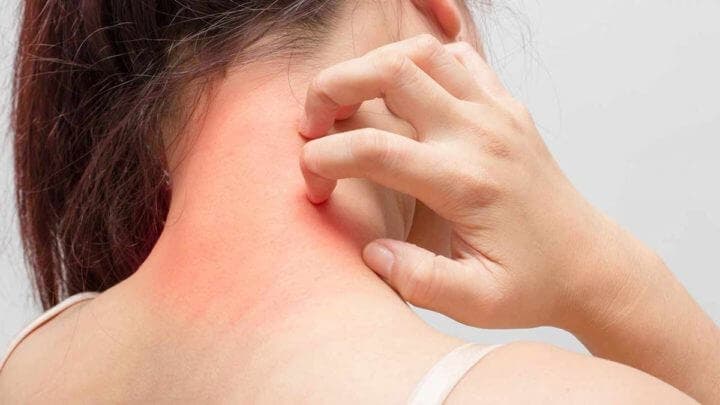The Echinaceas are a group of flowers that derive from the daisy family, as well as other types of flowers such as sunflowers, chicory, chamomile and chrysanthemums. There are different species, but the Echinacea purpúrea is the most popular of them.
You can surely recognize this special ingredient in many cold remedies, because its leaves and roots have been used for decades in the medicinal field to reduce inflammation and increase the function of the immune system.
For this reason, we show you all the advantages and disadvantages of this herb, so you can decide if you want to include it in your medicine cabinet.

Does Echinacea work for the common cold?
Research on the beneficial effects of echinacea in reducing cold symptoms still needs more depth, as the results are mixed.
For example, a review of 16 studies concluded that this type of herb is more effective than a placebo in preventing and treating respiratory infections such as colds (Melchart, Linde, Fischer, & Kaesmayr, 2000). In another similar study, conducted in 80 participants, it was found that Echinacea reduced the duration of symptoms by 67% compared to a placebo (Schulten, Bulitta, Ballering-Brühl, Köster & Schäfer, 2001).
On the other hand, another research that brought together 24 studies found that echinacea does not necessarily prevent cold symptoms , although it did show weak evidence that this herb can reduce the prevalence of the disease (Karsch-Völk et al., 2014) . However, many of the results obtained may be subject to subjectivity, which means that they are possibly not statistically significant. Therefore, better quality research is required.

Side effects of echinacea
In general, echinacea is totally safe as long as the rules for its use are followed, but over the years some side effects have been noted such as: stomach pain, nausea, shortness of breath and swelling of the skin. In addition, you should pay special attention if you are a pregnant or lactating woman, since, although experts accept its use in these cases, higher quality research is necessary to determine the safety of echinacea in them.
In the case of children under 12 years of age, they are more likely to get echinacea rashes and its use is not recommended. However, it should be clarified that those with other health conditions should consult with a professional before starting to take echinacea.

How to use echinacea?
There are several establishments that offer echinacea for public sale, from markets and pharmacies to online , as well as their formats can vary such as tea bags, tablets and even ink.
Unfortunately, the recommended amount of echinacea has not yet been officially confirmed, although the experiments discussed above in this regard have taken into account doses of 450 to 4,000 mg daily. In addition, the capsules and supplements of this herb contain 2 types of echinacea root and are usually combined with other ingredients such as vitamin C or elderberry.
Other ways to get echinacea is in tea, where each serving can contain up to 1,000 mg of the herb's root. In any case, it doesn't really matter how you acquire it, the essential thing is to regulate your first doses, starting with a small amount and adding more over time.
Of course, if you notice any negative side effects, you should stop using it and consult your trusted doctor. Another good tip when looking for a good echinacea supplement is to buy those that have been tested by third-party companies, that will ensure that the product is reliable.

conclusion
The real decision as to whether or not to consume echinacea rests solely with the perspective of each user. The reason for this is that each body reacts differently to the effects of the product and no one has the same experience.
Remember that even if it has little impact, echinacea has little chance of causing negative effects and can be a great way to prevent colds.
References
- Karsch-Völk, M., Barrett, B., Kiefer, D., Bauer, R., Ardjomand-Woelkart, K. and Linde, K. (2014). Echinacea for preventing and treating the common cold. T he Cochrane database of systematic reviews. doi: 10.1002 / 14651858.CD000530.pub3
- Melchart, D., Linde, K., Fischer, P. and Kaesmayr, J. (2000). Echinacea for preventing and treating the common cold. The Cochrane database of systematic reviews. doi: 10.1002 / 14651858.CD000530
- Schulten, B., Bulitta, M., Ballering-Brühl, B., Köster, U. and Schäfer, M. (2001). Efficacy of Echinacea purpurea in patients with a common cold. A placebo-controlled, randomized, double-blind clinical trial. Arzneimittel-Forschung . doi: 10.1055 / s-0031-1300080
